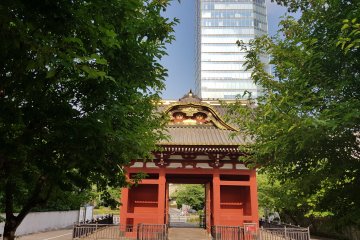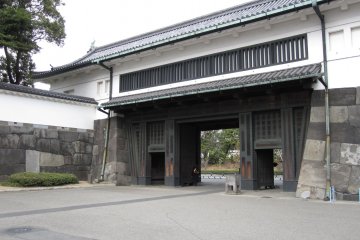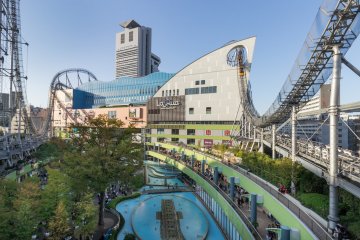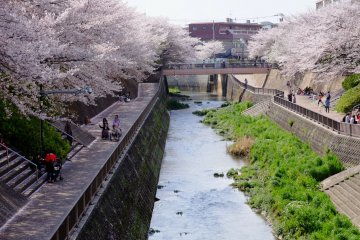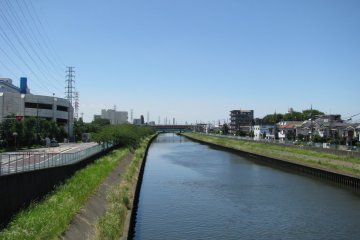Overview
The Toei Mita Line is home to twenty-seven stations that start with Meguro in Tokyo's south-west before running through central Tokyo and ending at Nishi-Takashimadaira in the north-west. One of Tokyo's top ten busiest subway lines, the Mita Line was the first to have safety barriers at its stations. Here is a simple guide to the line's stations and places to visit along the way.
Meguro, Shirokanedai, Shirokane-Takanawa
Along with many galleries and temples, Meguro Station also provides access to the elegant Ikedayama Park. Shirokanedai Station takes you to the Matsuoka Musuem while Shirokane-Takanawa Station is close to the incredible Chinquapin Tree of the former Hosokawa residence.

Mita, Shibakoen, Onarimon
Mita Station will take you to the eerie Mizuno Kenmotsu residence where a number of the 47 ronin ritually ended their own lives. Shibakoen Station is right by the amazing Shiba Park with its space, temples and history while Onarimon Station is home to the historical Onarimon Gate.

Uchisaiwaicho, Hibiya, Otemachi
Uchisaiwaicho Station offers convenient access to Hibiya Park and Karasumori Shrine while Hibiya Station also takes you to its namesake park as well as the Imperial Palace moat. Otemachi Station is right in front of the Imperial Palace's Ote-mon Gate.

Jimbocho, Suidobashi, Kasuga
Jimbocho Station offers great access to the area's second-hand book stores as well as Kinka Park, a good playground for children. Suidobashi Station is right by the amazing TeNQ Space Museum in Tokyo Dome City while Kasuga Station takes you to the local 'seed-time Gallery'.

Hakusan, Sengoku, Sugamo
Hakusan Station offers access to the beautiful Koishikawa Botanical Garden. Sengoku Station will take you to an incredible little raised walking track through a dense grove of deciduous trees known as Sengoku Ryokuchi while Sugamo Station is close to Shinshoji Temple and Live House Shishio, a small music performance club.

Nishi-Sugamo, Shin-Itabashi, Itabashi-Kuyakushomae
Myokoji and Zenyoji temples can be visited from Nishi-Sugamo Station while Shin-Itabashi Station will take you to the Otonashi Green Spaces along the Shakujii River. Itabashi-Kuyakushomae Station is close to Itabashi Petting Zoo.

Itabashihoncho, Motohasunuma, Shimurasakaue
Itabashihoncho Station is a short walk to the retro Dagayashi Game Museum. Motohasunuma Station will take you to the mountain toppings of Ramen Tonsho while Shimurasakaue Station is close to the impressively cultural Sosenji Temple.

Shimura-Sanchome, Hasune, Nishidai
Shimura-Sanchome Station is close to the impressive Shiroyama Kumano Shrine which overlooks Shimurajoyama Park, Hasune Station will take you to the Uemura Museum celebrating the life of the late adventurer, Naomi Uemura while Nishidai Station is close to the Funato Riverside Park along the Shingashi River.

Takashimadaira, Shin-Takashimadaira, Nishi-Takashimadaira
Takashimadaira Station is a short walk to the Itabashi City Children's Petting Zoo, Shin-Takashimadaira Station will take you to the wide open Akatsuka Park and finally, Nishi-Takashimadaira Station is close to the Itabashi Art Museum.










